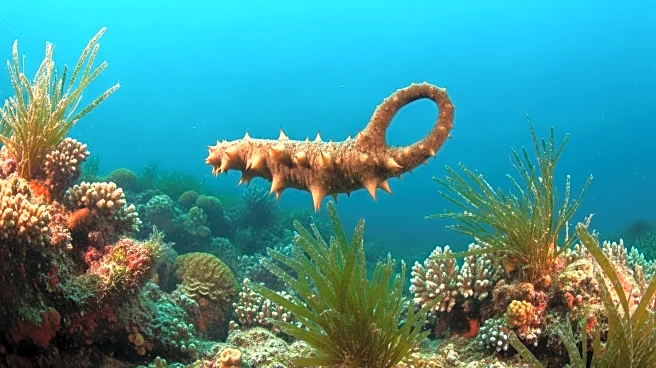What's Happening?
Recent studies have highlighted the mosaic evolution of brain structures in mammals, emphasizing adaptations to various ecological niches and behaviors. This evolution involves both concerted and mosaic changes
in the numbers and sizes of neurons, driven by specific environmental pressures and behavioral needs. The concept of mosaic evolution is evident across different species, including primates, songbirds, and dragon lizards, showcasing diverse evolutionary pathways for brain regions. The research underscores the complexity of brain evolution, where some regions evolve more rapidly than others, reflecting the unique demands of each species' environment and lifestyle.
Why It's Important?
Understanding the mosaic evolution of mammalian brains is crucial for comprehending how different species have adapted to their environments over time. This knowledge can impact various fields, including neuroscience, evolutionary biology, and ecology, by providing insights into the relationship between brain structure and function. It highlights the importance of ecological pressures in shaping cognitive and sensory capabilities, which can influence species survival and adaptation strategies. Researchers and policymakers can use this information to better understand biodiversity and the evolutionary processes that contribute to the complexity of life on Earth.












